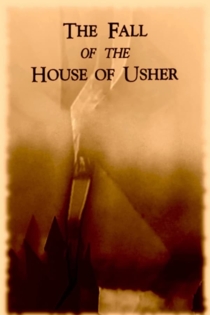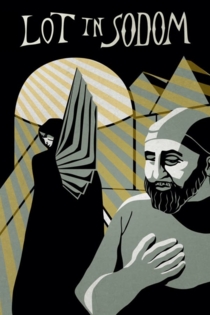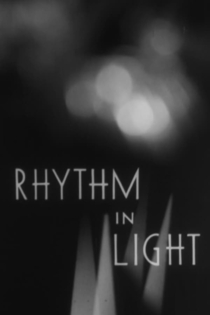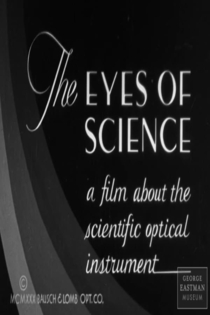
Melville Webber
2021The Fall of the House of Usher
Melville Webber, James Sibley Watson
Herbert Stern, Hildegarde Watson
In a decaying castle surrounded by a dank, mirrored lake live the morbidly nervous Roderick Usher and his sickly twin sister, Madeline. Their tale is told and dimly comprehended by the unnamed narrator, a boyhood friend whom Roderick has summoned. When Madeline soon dies—or seems to die—they entomb her body. On a stormy night, "cracking and ripping" sounds and a "shriek" from below convince the panicky Roderick that "We have put her living into the tomb!" The shrouded, emaciated figure of Madeline appears at the door of Roderick's book-strewn study, falls upon him, "and in her violent and now final death-agonies, bore him to the floor a corpse."
The Fall of the House of Usher

Lot in Sodom
Melville Webber, James Sibley Watson
Friedrich Haak, Hildegarde Watson
Lot in Sodom is a sensual depiction of the Sodom and Gomorrah story filled with sinewy and semi-clad bodies, delirious bacchanals devoted to physical pleasure, and a searing, cataclysmic finale depicting the fall of a city devoted to sins of the flesh.
Lot in Sodom

Rhythm in Light
Melville Webber, Mary Ellen Bute
Screen titles introduce the film as a modern artist's impressions of what goes on in the mind while listening to music. Grieg's "Peer Gynt Suite" accompanies images of common objects and abstract forms photographed in soft focus and through prisms: rings, pyramids, the staff of musical notes, and floating lights are all seen in multiple images, sometimes as if through a kaleidoscope, other times as if in animation. Images appear and patterns move across the screen. Sparklers celebrate at the film's end.
Rhythm in Light

The Eyes of Science
Melville Webber, James Sibley Watson
The optical company Bausch & Lomb of Rochester, New York, contracted Watson and Webber to create this corporate industrial film to showcase the company’s extensive catalog of lenses and other optical instruments, displaying their practical applications in industry and everyday life. The Eyes of Science easily straddles the fields of avant-garde and industrial filmmaking, making both a fascinating object of form and style, as well as a highly educational, entertaining, and informative piece of film and industrial history.
The Eyes of Science
